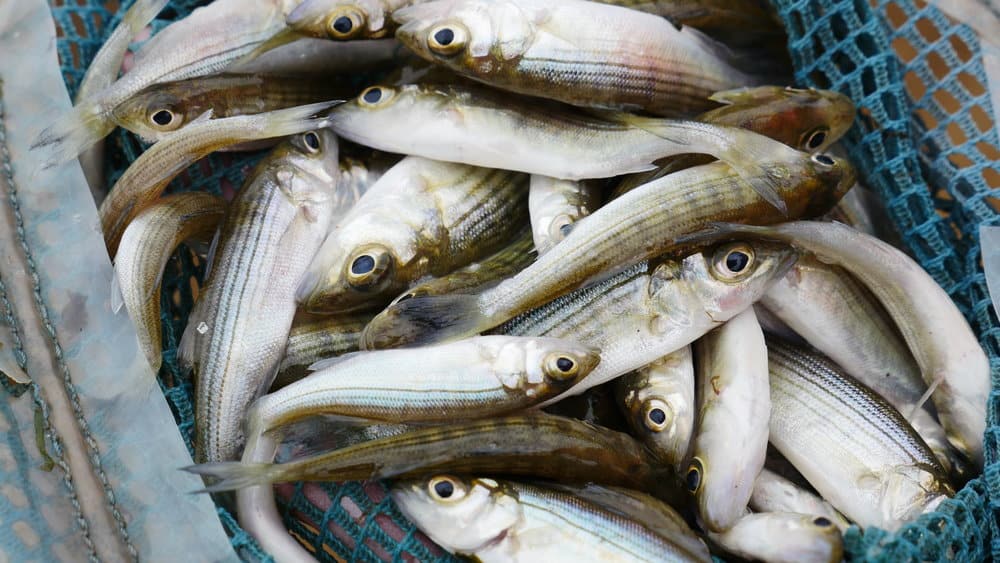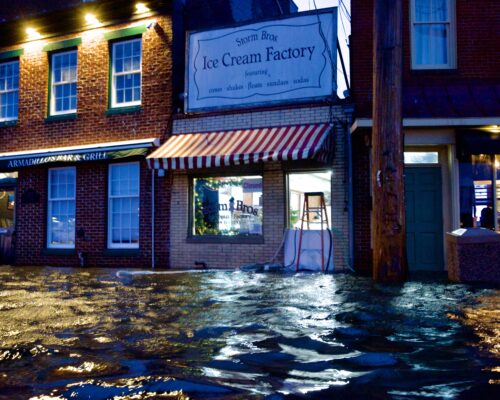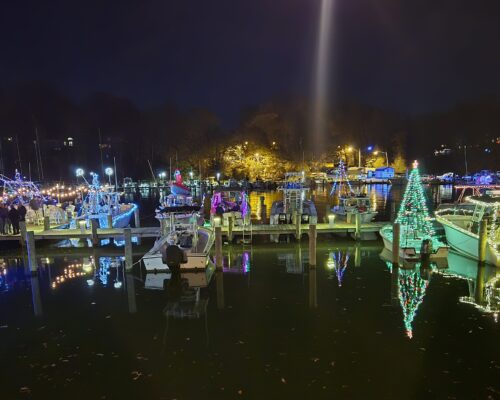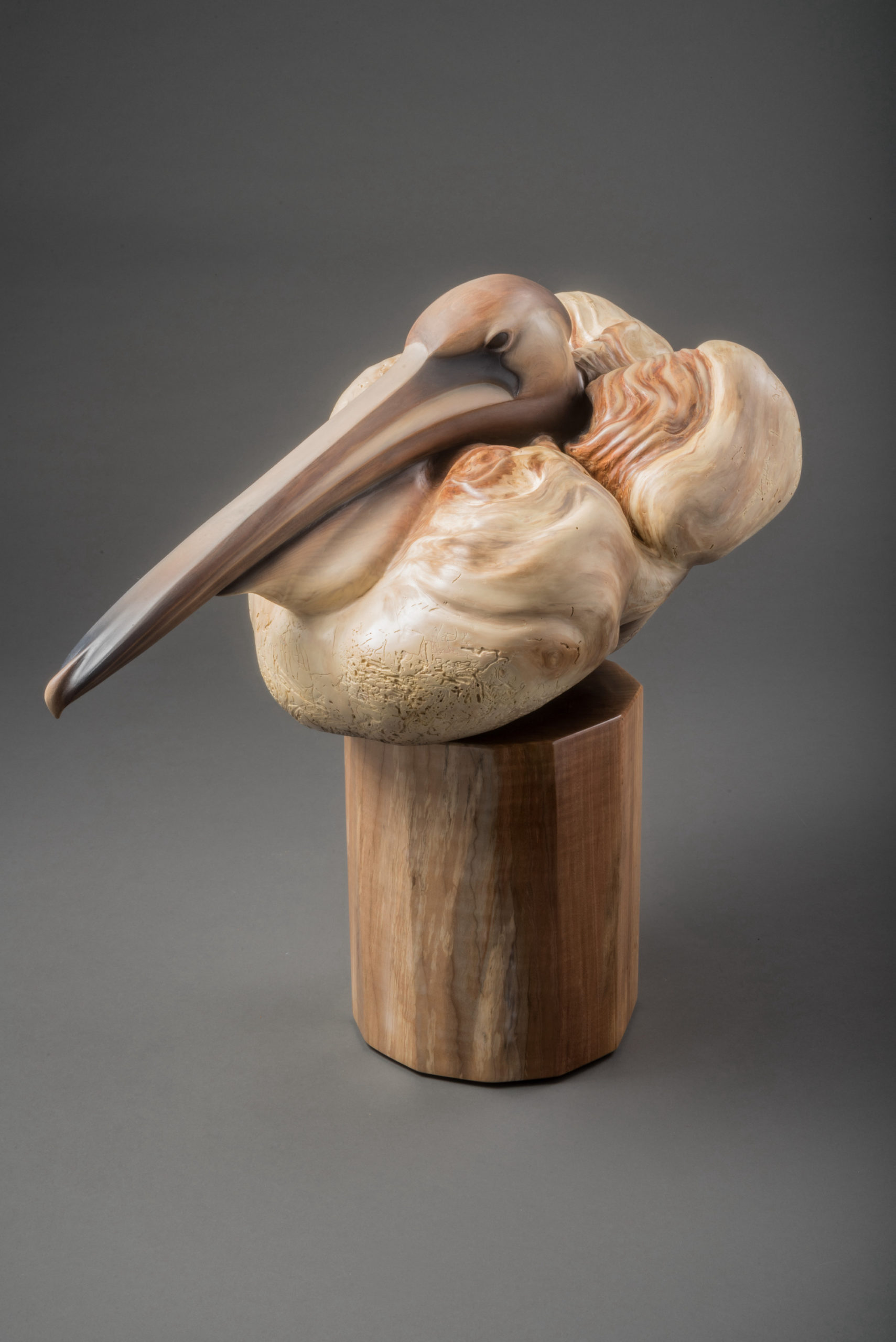On October 17, the Maryland Department of Natural Resources announced that the annual striped bass young-of-the-year index was 14.8, a modest three points about the average of 11.8, and a slight improvement over last year’s 13.2.
On the same day, the Virginia Institute of Marine Science released its own young-of-year index for Virginia waterways. Its survey recorded a mean value of 10.72 fish per sample site, similar to the historic average of 7.77 fish and in line with the last five years.
Measuring young-of-the-year striped bass, the ones that are less than a year old, helps fisheries managers to predict future stock of adult stripers. Fish born this spring will grow to fishable size in three to four years.
Over the summer in Maryland, fisheries biologists sampled survey sites in four major spawning areas and more than 33,000 fish. 1,741 were juvenile striped bass. The index is the average number of young-of-the-year striped bass from 132 samples.
In a press release, Maryland Fisheries Service director Dave Blazer characterized the result as “an encouraging sign for the coastal population and future fishing opportunities.”
The last gangbuster years of recruitment success were 2015, with an index of 24.2, and 2011, at 34.58. In between, there were poor to dismal results of 11.05(2014), 5.75 (2013), and 0.89 in 2012, the lowest on record.
The decline of the Atlantic striped bass population in the late 1970s and early 80s due to rampant overfishing, pollution and habitat destruction was so severe that Congress enacted the Emergency Striped Bass Act in 1979 to try to avoid a total population collapse. Maryland, the primary striped bass spawning area, eventually responded with a total harvest moratorium in 1985. Virginia partially followed suit by stopping commercial and recreational harvests in the state’s spawning areas, and four years later, committed to a total harvest ban.
Fisheries biologists and managers at the time felt that the moratorium would not be enough to restore the population. The U.S. Fish and Wildlife Service took the lead to work with state agencies on massive tagging and hatchery programs to learn more about the issues and to try to bring the fish back. This combination of collaboration, research, copious spending, and harvest pressure relief worked. The striped bass rebounded, and in 1989, Maryland and Virginia reopened the fishery to commercial and recreational harvest. Atlantic coastal states quickly followed the Chesapeake’s lead.
The Chesapeake Bay Foundation (CBF) reacted to the news with optimism. In a statement, CBF Senior Regional Ecosystem Scientist Chris Moore says:
“This year’s resurgence of young striped bass in the Chesapeake is a promising sign. Hopefully these fish will grow and thrive in the Bay in the coming years as a result of the improving water quality we’re seeing under the Chesapeake Clean Water Blueprint. A key part of ensuring a healthy population of adult striped bass will be wise management of the menhaden fishery, an important food fish for striped bass.”
For more details of the Maryland index, click here.
And for the Virginia index, click here.
-Joe Evans




